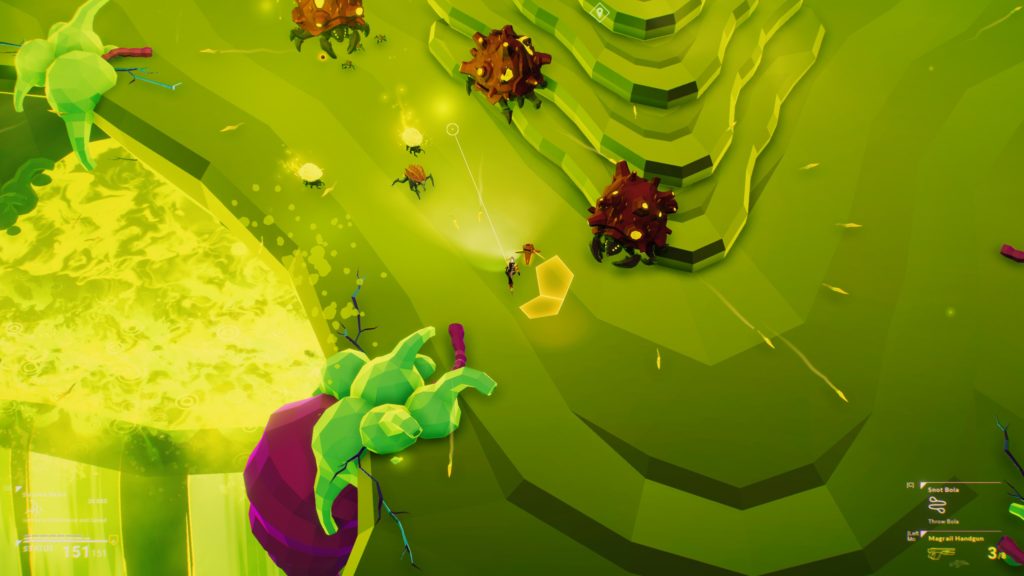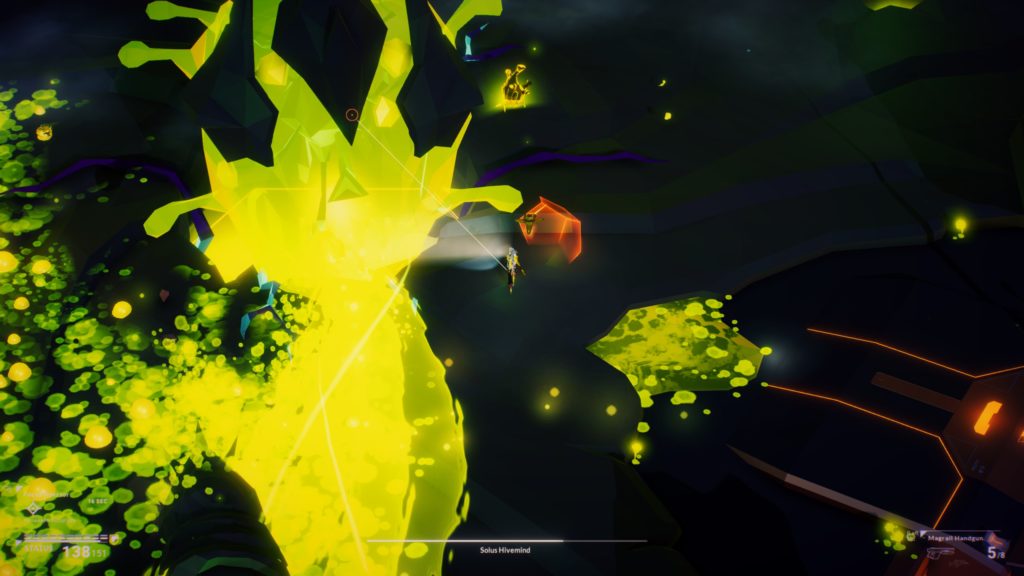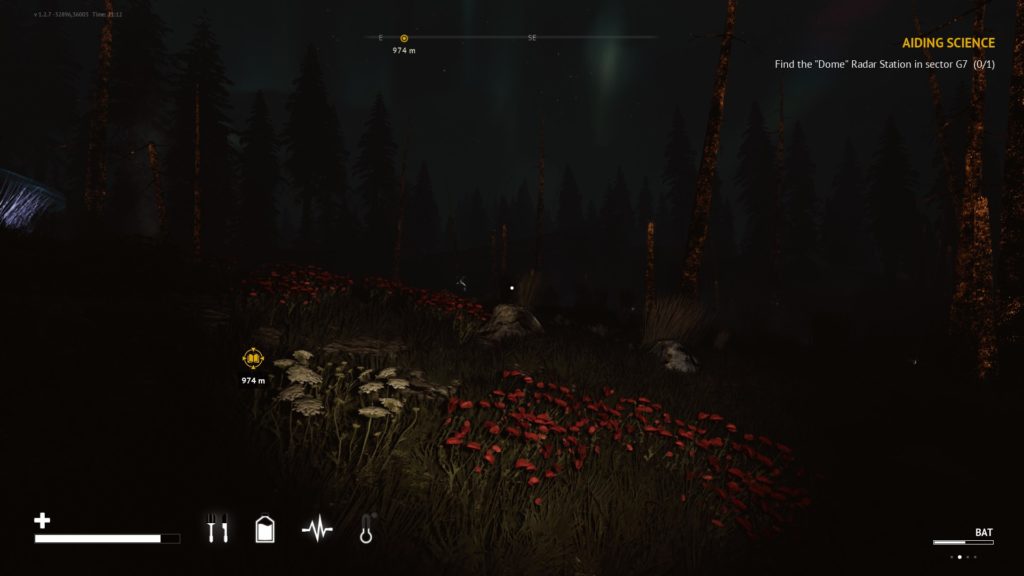Unheard (Review)

Source: Cashmoneys
Price: £5.19
Where To Get It: Steam
I love me a good mystery. Or three. Or five. I also love me some weirdness. So when Unheard popped up on my radar, I was intrigued. Ghost voices? Solving cold cases via audio recordings with movements of characters on a map? Deduction? Hell. Yes.
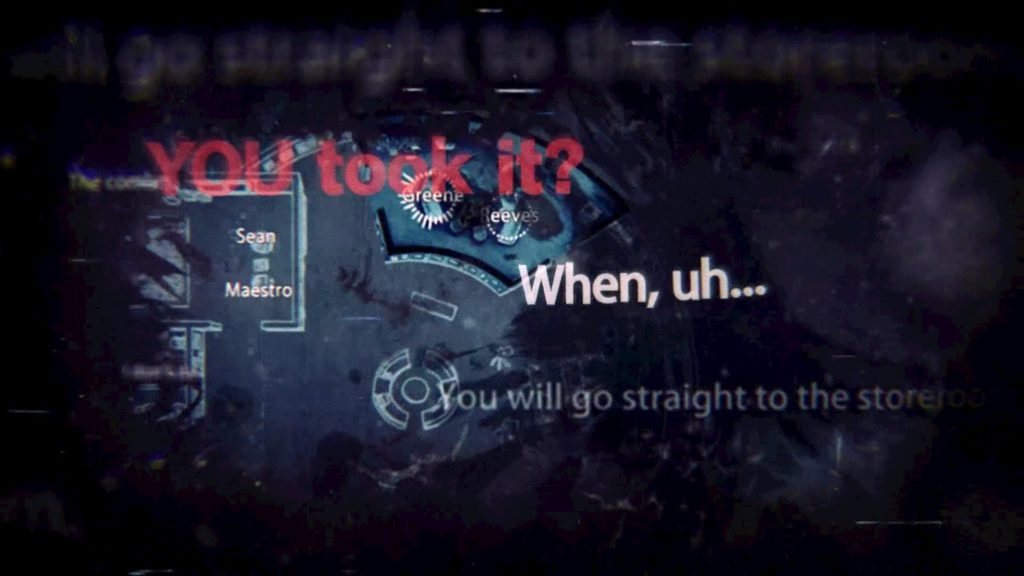
And, overall, I’m not disappointed. I might as well get the niggles out of the way first, because they really are, honestly, niggles, little things. Firstly, it’s perfectly possible to just cows and bulls your way to the answer once you’ve identified everybody (You have X correct, no, X-1, ah, that one’s right, cool, next), and secondly, achievements are slightly borked in that it seems to give you the achievement for solving the case only with the play button… Even if you actually do use the recording progress bar (Rewind and Fast-Forward still fail the achievement.) And… That’s pretty much it, because the cases themselves get interesting pretty quickly. It starts nice and simple, with a twin identity case, moves on to an art theft where not all is as it seems, a terrorist bombing that also cleaned up the terrorist’s loose ends… Each one has something where the twist makes repeating the recording from different perspectives important, and each gives its clues well, for the most part (I say the most part, because case 3’s first question’s biggest clue is a surprisingly subtle one)
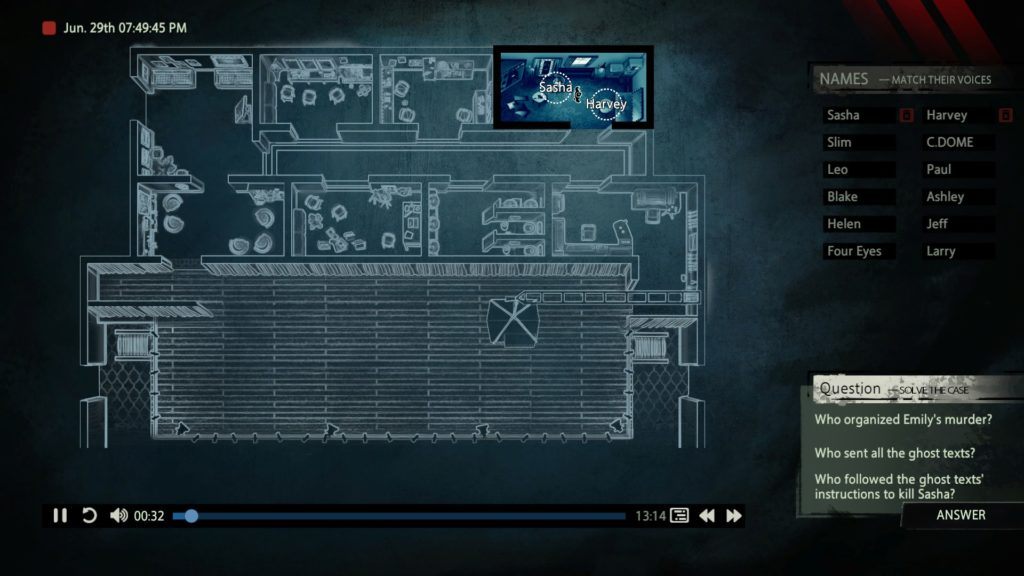
The premise at first seems simple: You are someone being assessed using a new system of solving cases, all involving sound recordings of cold cases taken from places. Sounds unreal, and the game does a lot to make it seem more so, but, within its word, it feels real. On the one hand, it’s a short game, taking about three or four hours to complete, but it’s a well written experience, and the one mystery it does leave unsolved, it does so for a reason. Again, though, certain evidence deeply implies the solution, and I like that. Equally, I like the sound design, making the conversations with your assessor seem strange (you never see her face, for example), and the visual design very clearly lays out what’s needed.
Of course, the problem with saying much more, is that there are five cases, and to say much more risks spoilers… But it fits all the criteria of a good mystery game. It allows you to solve the case on your own, with the tools provided. Equally, it doesn’t hold your hand, instead allowing you to make notes. It doesn’t outstay its welcome, leaves just enough mystery to stay interesting all the way through, and, while it doesn’t appear like it ties up everything, it does, and that’s really cool. If you like mystery solving, give this one a look.

The Mad Welshman has to toodle off. Something about a new system where correcting contradictions in a manga short reveals who coded the cool tricks in games…



